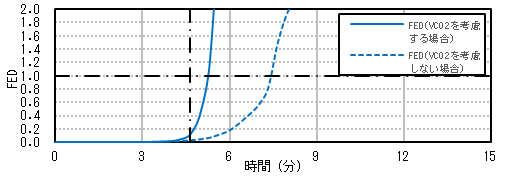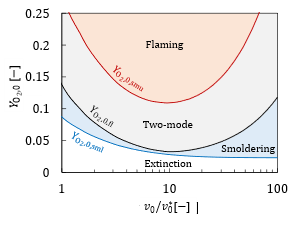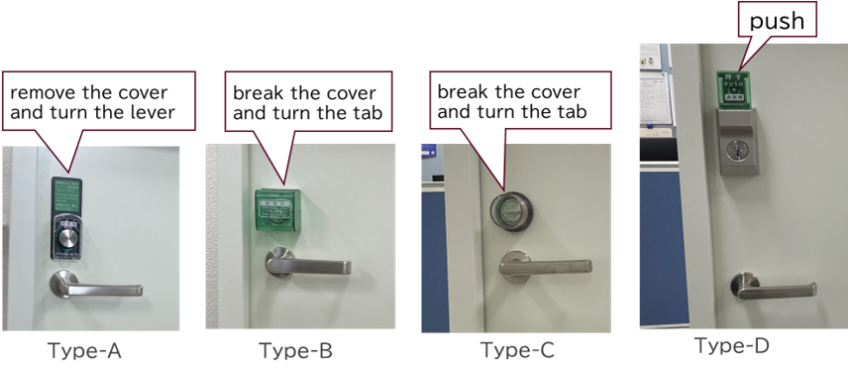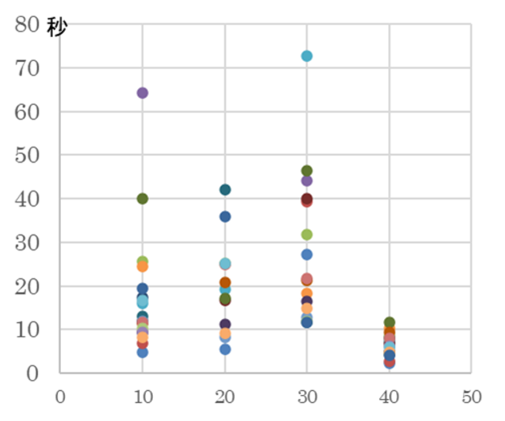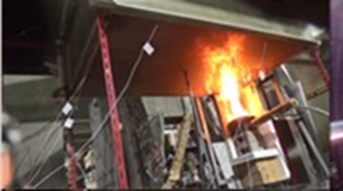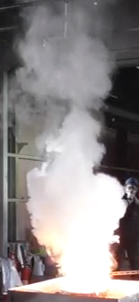Area of Fire Dynamics
In the Fire Dynamics Research Area, fundamental studies are conducted to elucidate the phenomena related to fire, combustion and explosion. In this issue, results of research on toxicity gas test and the mechanism of smoldering to flaming transition are reported.
In order to replace the toxicity testing of combustion product gases of building interior materials in Japan and to investigate alternative methods for the use of laboratory animals, a Fourier Transmission Infrared Spectrophotometer (FT-IR) was installed in the current gas toxicity test apparatus and the behavior stopping time of mice obtained from the gas toxicity test was compared with that obtained from the FT-IR. The Fractional Effective Dose (FED) was calculated from data obtained by the FT-IR. Using the FED, we analyzed the results focusing on CO2, which is classified as a simple asphyxiant gas as well as a chemical asphyxiant gas among the toxic gases. The results correlated well with the behavioral time of mice when the CO2 concentration was taken into account in the study using FED as a method of toxicity evaluation in gas toxicity testing equipment.
The transition from smoldering combustion, which is a low-temperature, slow reaction, to faster, high-temperature flaming combustion can occur under certain conditions. This transition phenomenon is often observed in cigarette-related fires and wildfires, triggering a rapid escalation of fire damage. In 2024, a mathematical model was developed to predict the critical conditions for this transition (Fig. 2). The model reveals that the smoldering mode dominates under low oxygen concentrations, while a coexistence region for both smoldering and flaming combustion emerges as oxygen levels increase. Beyond a critical oxygen threshold, flaming combustion becomes the sole reaction mode. The model also predicts the influence of other external factors, such as airflow velocity, on transition conditions.
